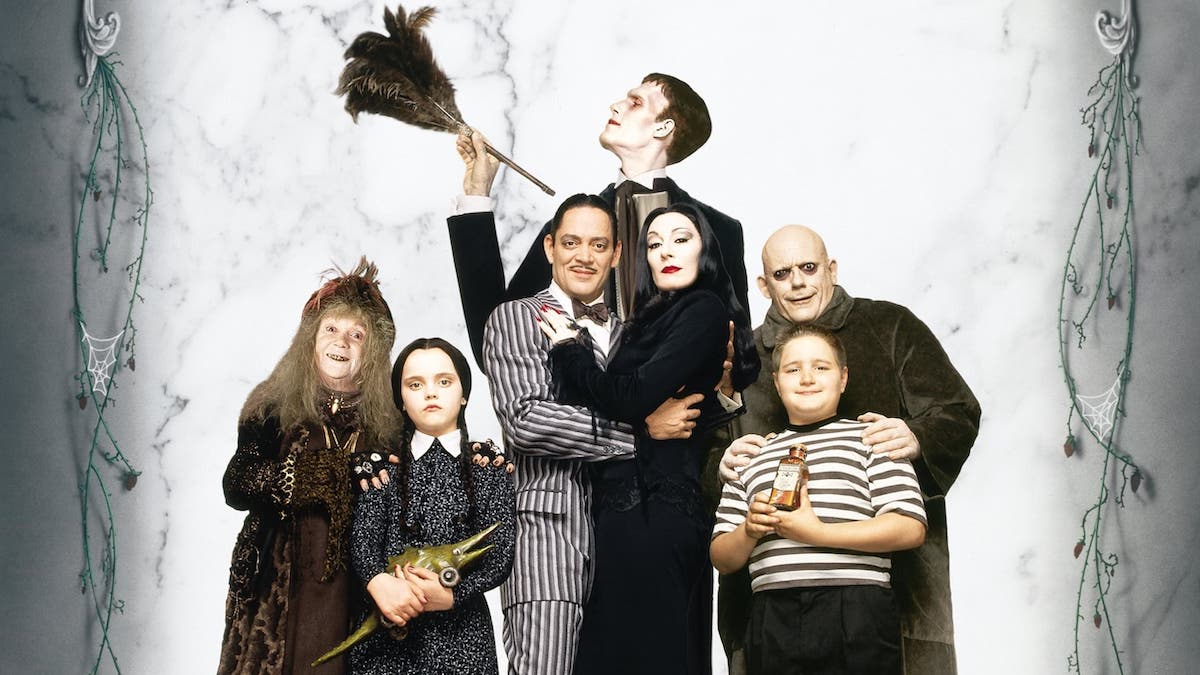On May 12, 2023, Nintendo released “The Legend of Zelda: Tears of the Kingdom (TOTK).” Three days later, it officially became the fastest-selling Nintendo game of all time. An instant success, TOTK’s dual status as an internet darling and a studio cash cow has signaled a big shift in the gaming industry.
Serving as a direct sequel to 2017’s “The Legend of Zelda: Breath of the Wild (BOTW),” TOTK brought several innovative changes to the core gameplay. Among these innovations was a stronger focus on fostering player creativity, something the game takes to the extreme by allowing players to build nearly anything they can imagine, including items such as Gundam-style mechs, armored tanks, bomber aircrafts and hoverbikes.
The heavy emphasis on allowing players to think outside the box and create their path through the game was something directly inspired by the player base of the game’s prequel. During a retrospective interview following the success of BOTW, game director Hidemaro Fujibayashi revealed the game’s development team watched internet videos uploaded by players who had discovered glitches and exploited the game’s engine and tools to develop new movement techniques.
Inspired by their players’ creativity, the developers of TOTK decided to lean heavily into the game’s sandbox elements, granting players intricate yet intuitive tools that allowed for a staggering level of self-expression and imagination.
This design decision has been extremely well-received, with critics ranking TOTK among the best video games ever made. Given games in the “Zelda” series are almost always critically acclaimed, this is not particularly surprising. What is worth noting, however — the series has never been a top-shelf franchise in terms of sales.
Game design is an art, to be sure, but it is also an industry. At the end of the day, the dollar is king. So how did TOTK buck the trend of slow sales for its franchise? The answer is simple — its designers looked at the market and innovated.
“Minecraft” is the best-selling video game of all time, and “Fortnite” was considered by The Washington Post to be “the biggest pop culture phenomenon of 2018.” The common thread between those two games is the creativity they allow their players. When it comes to building and exploration, “Minecraft” is almost unrivaled, while “Fortnite” offers a fluid movement system in addition to strategic and imaginative building elements, allowing players to feel fully in control of their gaming experience.
TOTK places building, exploration and movement at the base of its core design, and unlike “Minecraft” and “Fortnite,” it is solely a single-player experience. This allows TOTK to utilize all the creative gameplay elements of its predecessors without sacrificing the ability to craft an engaging, cinematic storyline.
Illustrative artist Aaron Hopersberger is an example of someone who came for the game’s art and mechanics but fell in love with the storytelling elements the game offered, calling TOTK’s plot immersive. He also noted its mechanics made it one of the most innovative games he has ever seen.
“I felt like I was really forced to experience the story,” Hopersberger said. “Not because of railroading, but I actually cared about the characters and felt like I needed to help them.”
Hopersberger is far from the only person enthralled with the game, as evidenced by its impressive sales. TOTK is having head-turning success. According to professors of game design at Northeastern University, the freedom, story and creativity the game provides are exactly what current audiences want out of a video game.
As evidenced by the explosion in open-world games after the success of BOTW, video game design is often a copycat industry, with studios constantly trying to innovate on the most popular ideas of their competitors. That said, gamers everywhere should be excited for the future given the gorgeous template TOTK has just provided.








